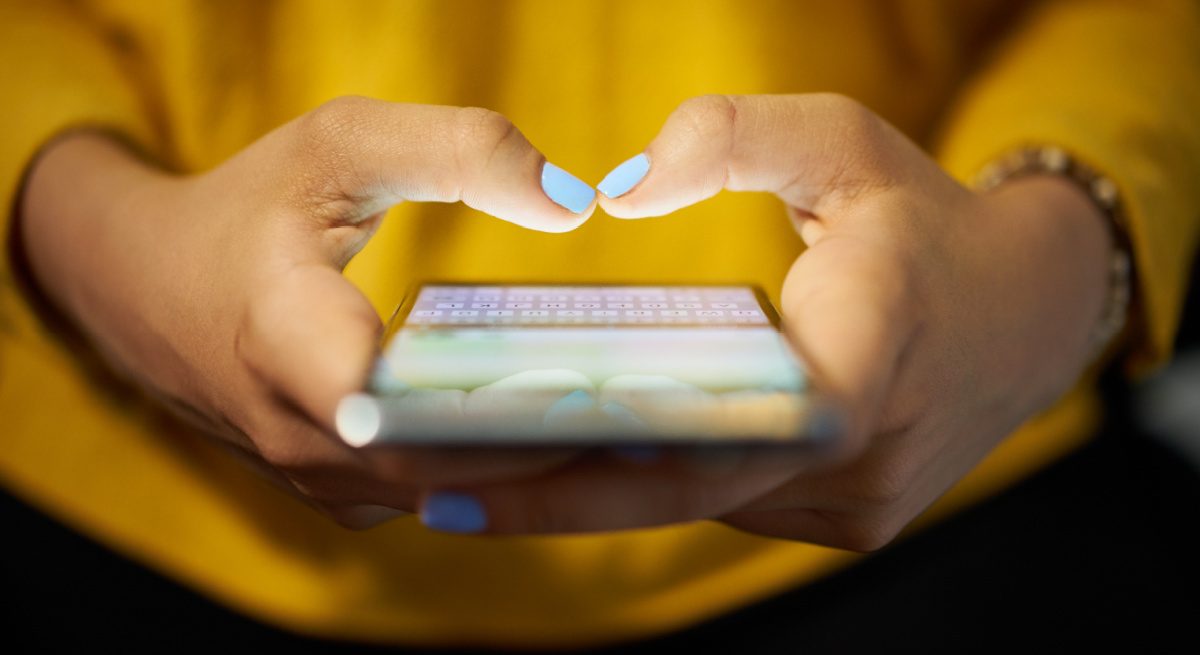How Restaurants Can Build Loyalty with Mobile Messaging
3 Min Read By Alex Campbell
This year, 42 percent of restaurant brands plan to invest in customer loyalty programs. This is no surprise given that mobile has now become the restaurant industry standard, especially as the pandemic accelerated the need for digital ordering technologies. In 2020, Starbucks reported that nearly a quarter of all its orders in the U.S. were placed from a phone. As consumer adoption continues to grow, restaurants can look to three key mobile marketing strategies to increase visits and drive loyalty and engagement across mobile.
Appeal to All Types of Users
Restaurants must make loyalty programs accessible and convenient. When focusing on a mobile-savvy audience, you must be careful not to isolate or intimidate more traditional customers. For those hesitant to download an app, restaurants can still appeal to users through lower friction channels like mobile wallet, SMS and MMS. What’s more, they can effectively reward a non-app-user audience through these channels. For example, if a customer provides their phone number at checkout, any time they use that number, their account will automatically be updated to a points-based rewards program.
Driving engagement and loyalty through mobile messaging — but not necessarily an app — can help consumers dip their toe in the water, so to speak. Once engaged with the brand through their phone, restaurants can use mobile messaging to drive app downloads by their most loyal and engaged customers. Using mobile wallet and text messaging to engage customers more broadly, therefore, increases the likelihood of eventual app downloads for additional benefits, such as ordering ahead or location-based, targeted promotions.
In addition, by linking their account to a phone number, even customers who pay in cash are identified and counted in a loyalty program. Mobile provides a new way to identify and engage with segments of customers where brands previously had minimal or no interaction.
Engage at the Right Time
Mobile engagement is extremely valuable for restaurants, as timing is critical. Eighty-three percent of consumers choose a dining location within three hours of their next meal. And those consumers are going to their phones first for information about where to eat. To leverage the power of mobile marketing, restaurants can trigger a SMS or MMS message or mobile wallet notification at the right time to capture interest during peak meal decision-making times. To illustrate, restaurants can send messages right before lunch rush, or in the afternoon when foot traffic is low. MMS is particularly useful for driving traffic because consumers are more responsive to images of food.
Restaurants must strike the right balance of notifying customers about promotional information without sending unwanted messages that will make customers unsubscribe from email or text messages, or turn off app push notifications — or even delete the app. Analytics plays a role here in establishing that balance. For instance, restaurants can send a loyalty redemption reminder around lunchtime. Or, on double point days, they can send a push notification or wallet notification when a customer is in close proximity to a location.
Data Analysis to Target Audiences
With every click and purchase, customers reveal their intentions and preferences. Data analysis is the key to better understanding these actions. Restaurants can use their customer data to create more personalized mobile engagement campaigns, and as a result, increase customer spending and frequency of patronage.
By segmenting audiences, campaigns can be tailored to the customers who respond well to specific offers based on past behavior. If data shows that consumers who buy a specific entree are more likely to purchase a beverage with that meal, sending a promotional offer for a beverage with that order can drive a repeat purchase. Brands can also incentivize regular lunch consumers with an offer that gets them to return during off-hours. Data analysis and segmentation is also beneficial for campaigns that introduce new menu items.
Provide Value to Consumers
Over the past year, consumers have become conditioned to use their mobile phones in order to interact with a restaurant. This habit is here to stay. Restaurants that communicate the benefits of their loyalty program will keep customers engaged and wanting more. With a strategic investment in SMS, MMS, mobile app and mobile wallet, brands are able to regularly connect with a wide range of consumer segments to drive greater action and see more bang for their buck from their loyalty program.


